
Farmers’ markets
Fifty thousand New Zealanders shop at farmers’ markets every week, with local economies and communities benefitting from the worldwide resurgence of interest in seasonal food. With over 40 markets operating in New Zealand, this quiet revolution is slowly changing the way we think, shop and eat.

Each turn away from State Highway One takes me deeper into the heart of the Waikato. It’s a drizzly Friday, and the royal river is hunched up moodily on its banks as my car hisses past marae and community halls. I edge past gumbooted parents chatting on the roadside after rural school drop-offs and through bush-clad avenues, until I’m finally at the gate of a farm that backs onto the dark mist of the Ngaruawahia hills.
After a journey that has flowed like a calendar of iconic New Zealand scenes, it’s a pleasant irony to be greeted by a rosycheeked Englishwoman. Sarah Walker and her husband, Jono, bought a run-down sheep farm almost a decade ago with the intention to plant it in pine forest and build their dream house. As it happened, they ended up converting the woolshed into a quirky, open-plan farmhouse, slowly transforming the property into a rare breeds farm, Soggy Bottom Holdings.
The farm’s rough hill pasture is home to breeds whose names draw out cravings for a nice piece of Stilton and a pint of real ale: Belted Galloway cattle, Wiltshire shedding sheep, Wessex saddleback pigs.
I’ve come to the Waikato for one of the Walkers’ monthly sausage-making courses—I’m interested in their attitude to farming and food, curious about what goes into a food item that’s rumoured to be a repository of butcher’s junk, and nervous about what it feels like to be elbow-deep in pig meat.
It’s cold and squidgy, as it turns out, but fabulously aromatic thanks to the addition of a full bottle of wine, gollops of crushed garlic, a packet of fennel seeds, a bag of breadcrumbs and a good shake of salt. Mixing the meat is also surprisingly social. Jeff, a factory fitter and foodie with a background in management, is to my left; Jennie, an artist and mother of two boys who is “passionate” about what she puts in front of her children, is to my right.
Jono has abandoned his role as farmer to be our sausage-making tutor for the day and prepares equipment while we mix. He’s a large, deep-voiced Englishman, with an easy manner and a fund of funny stories that help us feel more like friends than a group of strangers spending the day in a fridge.
By lunchtime, there are satisfying rows of breakfast and pork-and-fennel sausages hanging from hooks in the chiller, and a wood-chip smoker is infusing a batch of chorizo sausages out the back. Jono takes a tray of leftover sausage meat through to the farmhouse kitchen, where we sit down around a battered wooden table with charmingly mismatched chairs—a feature of the Walkers’ woolshed conversion that arouses massive lifestyle envy in this suburban visitor, as does the library nook with its inviting old couch.

Along with sausage-meat patties, there are halved baked potatoes, avocado and tomato chunks and egg salad. Everything is simple, fresh, firm, flavourful: I feel as though I am being introduced to Food, with a capital F.
I’ve had culinary conversion experiences before: in France, in Italy, in the living rooms of clever gourmet friends for whom food represents something more than a necessary inconvenience. Each time, I am surprised by the power it has to pull me together emotionally, physically, spiritually. The explosion of firm flavour on your taste buds is immediate and exciting, the warmth that unravels in your soul more subtle and harder to explain.
I’m reminded of the 1987 film Babette’s Feast, in which Babette, a French refugee, lives quietly among the inhabitants of a starkly pious Danish community until the day they allow her to cook a proper French meal for them. Cheeks glow, eyes sparkle and old grudges are let go as people who have denied themselves most earthly pleasure in the belief that it would distract them from more worthy pursuits are transformed by food.
[Chapter-Break]
It’s this belief in the power of food and its importance to human beings that is at the core of the farmers’ market movement in this country. Fronted by Farmers’ Markets New Zealand (FMNZ), it aims to reconnect New Zealanders with knowledge about what the land around them produces at various times of the year and what that food can taste like when it reaches them fresh from the producer. It’s also about putting profit and satisfaction back into the hands of small producers and, in the process, revitalising communities.
Of course, there remains the perception that farmers’ markets are charming weekend destinations that will strip you of serious cash in exchange for bijou food items. A couple of the Auckland markets, in particular, attract a privileged clientele and can leave the impression that farmers’ markets are more of a place to look chic in designer gumboots than a viable place to do a weekly food-shop. Rural proponents assure me that this is an urban hijack of the farmers’ market concept and that in their ideal incarnation, the markets serve the full spectrum of society.
In a phone interview from his home in Marlborough, the chairman of FMNZ, Chris Fortune, tells me that food is still the key element around which we intentionally create space to gather, regroup, bond and rest.
“We need to be reminded of what food is supposed to mean to us,” he says. “In many people’s lives, flavour and taste have been pushed aside for convenience and the dollar. We’re heading down a path of the consumerisation of everything we do, a vision where everything is centralised and economised, and we shouldn’t let that happen with food.
“Handling real food, raw ingredients, is important,” Fortune says. “The acts of chopping, peeling and grating reactivate our hands and our senses, which have often been idle as we stare at screens or sit in traffic.”
It feels good to hold the firm, cool oval of a potato, to hear the decisive thwack of a stalk of silverbeet leaving the plant, to stir a pot of soup, to revel in the symphonic counterpoints of a red and green summer salad. For the regular customers at farmers’ markets around the country, the fresh, locally produced food they buy weekly defines their way of life.
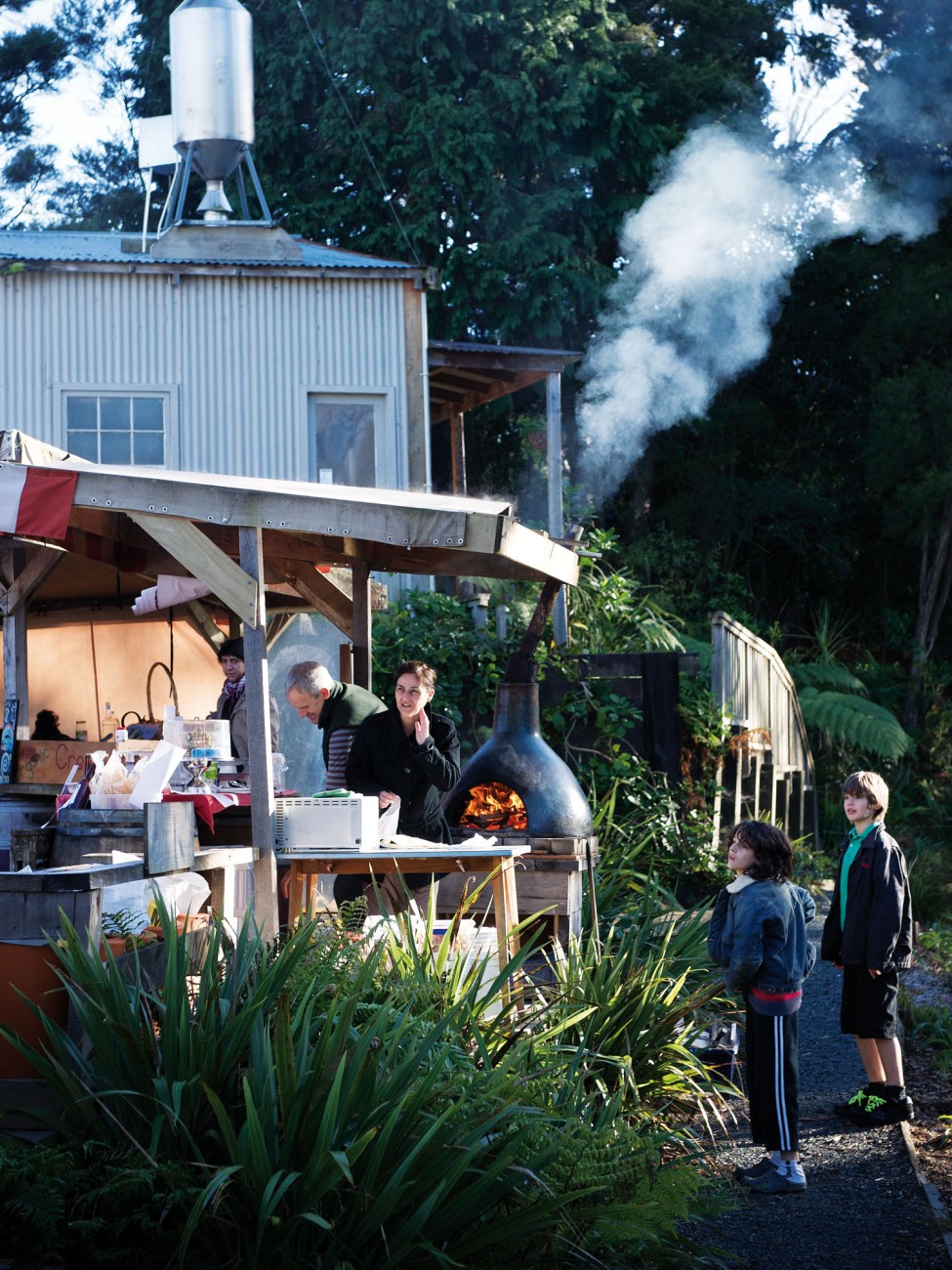
Deborah Lawrence is a photography teacher at a South Auckland secondary school and shops weekly at the Parnell Farmers’ Market in central Auckland.
“There’s a creative challenge in making something from scratch and cooking with what’s seasonally available,” she says,“and I enjoy the social aspect of cooking for others as well as the affirmation of having them take pleasure in what they’re eating.”
But for Lawrence, a larger frame hangs around the intimate processes of shopping and cooking. It matters to “know where something started out, and be a part of seeing where it finishes”. Face-to-face interaction is vital to the authenticity of this process: “I’m faithful to the Parnell market,” she says. “I have a relationship with most of the stall-holders. I go and touch base with them and talk to them about the food that they’re producing, and get advice from them. They’re passionate about food, like I am; they know their product and they want to give you the best quality.”
Shopping at local grocers, fishmongers and butchers was common until about the 1960s in New Zealand. This was also the time when houses sat on quarter-acre sections and when a good proportion of produce was grown at home. Most families had close links with farming relatives, if not farming themselves, and children grew up with at least a basic understanding of the principles of agriculture.
Urbanisation has contributed to an attrition of this knowledge, as have the closure of most meatworks and a widespread shift to overseas production. The effects of this lost knowledge can be disconcerting. One of the farmers’ markets vendors I interviewed, Karlene Shaw-Toomey, told me about having to start a gnocchi-making lesson at the local primary school by showing children how to use a potato peeler. “The kids thought potato came frozen and cubed in bags,” she said.
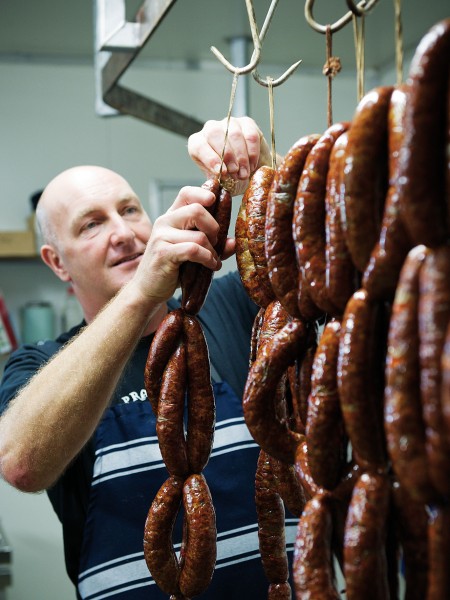
The advent of supermarkets was also part of the shift away from our connection with the land. In Stuffed and Starved: Markets, Power and the Hidden Battle for the World Food System, economist Raj Patel writes about the first supermarket.
Piggly Wiggly was opened in 1916 in Memphis, Tennessee, by an entrepreneurial grocer, Clarence Saunders, who had noticed that his customers bought more food if they thought that no one was watching them. Saunders’ employees were instructed to ignore the shoppers at Piggly Wiggly—labels were the new medium by which customers would make their decision. Once shoppers became accustomed to it, the Piggly Wiggly model proved Saunders’ theory. It was replicated across Tennessee and the United States (although Saunders ended up bankrupt after being outmanoeuvred while fighting off a raid on Piggly Wiggly shares in 1923) and along with a host of other economies of scale—such as lower wages for clerks relegated to stacking shelves—the model made a profitable industry of the corner store.
Today, supermarkets fill an important niche, meeting our demands for low prices, variety and convenience. By contrast, farmers’ markets have their roots in community initiative and often attract vendors who are genuinely willing to trade off some profit if they can enjoy a more sustainable lifestyle.
I’ve gained a personal understanding of the real value of food in the past two years as my husband and I have toiled to harvest the fruit on our third-of-an-acre suburban section.

The property was planted out 30 years ago by the daughter of the previous owners. A horticulture student, she planted two walnut trees, a macadamia, a golden queen peach, a yellow and a red guava, a lemon tree and a grapevine. Her legacy keeps us busy from late summer through autumn, when we go outside most mornings with buckets to clear the ground of fallen fruit. It takes at least an hour to properly harvest whatever is ripe.
We know how lucky we are to live with such bounty, and the harvest hour is one of satisfaction and companionship, but we’ve learned that gathering food is not done quickly or easily.
Husking walnuts of their green shells is a tedious job that leaves you with stained, cramped hands, and actually cracking the buggers is a nightmare if, like us, you have black walnuts, which are near impossible to open.
Cracking enough walnuts to sprinkle through a salad takes about 20 minutes and involves a painstaking extraction method that leaves us thinking dark thoughts about living off the land.
The red guava is a beauty but there’s a short window between when the fruit fall to the ground and when they start to rot. A bucket of guavas takes about an hour to collect and makes ten small jars of jelly, and although part of me wants to bestow a ruby-red jar on everyone I love, another part jealously counts how many are left in the pantry.
Knowing how much effort that food represents, I couldn’t bear to sell it at bargain-basement prices. Remembering what it costs in time and effort helps me to maintain a realistic view of what food should cost.
[Chapter-Break]
Bethells Valley, North-West of urban Auckland, was at its most alluring when I arrived. Vast sweeps of sky and bush greeted me, and beyond the ragged rounds of cabbage trees and thrusts of nikau, the surf bellowed lowly.
Karlene Shaw-Toomey and husband Terry produce artisanal honey under the label ‘Earthbound’ on four and a half hectares in the valley. Arranged before me to try were jars of raw organic bush honey, raw organic pohutukawa honey, raw organic manuka honey and raw organic active manuka honey. It was a rich, explosive tasting experience; the flavours seemed to pack a multi-dimensional punch, several layers unfolding at once.
The secret, said Shaw-Toomey, was that the honey was “barely processed”.
“We harvest by hand, tipping the honey from the comb and filtering it to remove bees and excess wax,” a comparatively gentle process that she believes retains both the texture and medicinal properties that have made honey one of the all-time superfoods. (The mass-produced equivalent is often extracted with chemicals, then heat-treated, which she says has the effect of “obliterating the nutrients that make honey an actual food, so that it’s more just a tasty spread”.)
Earthbound Honey costs double what shoppers pay for supermarket varieties, but less is required for the same medicinal and gustatory result. Farmers’ markets play a key role in the economic model.
“The markets cut out the middle man, allowing producers to keep their prices more affordable at the same time as ensuring a profit,” Shaw-Toomey explains. “We couldn’t compete with the big boys, we couldn’t produce at supermarket prices, but by supplying delis and building up a clientele through our presence at the markets, we can sustain ourselves as well as maintaining affordable prices.”
Economic research by Alan Cameron, formerly of Massey University, demonstrated that farmers’ markets are an effective breeding ground for entrepreneurs such as the ShawToomeys, who can start small and build production as their products grow in popularity. Growers can control their own product volume and pricing, and face-to-face contact with customers means that products can be tweaked according to feedback.
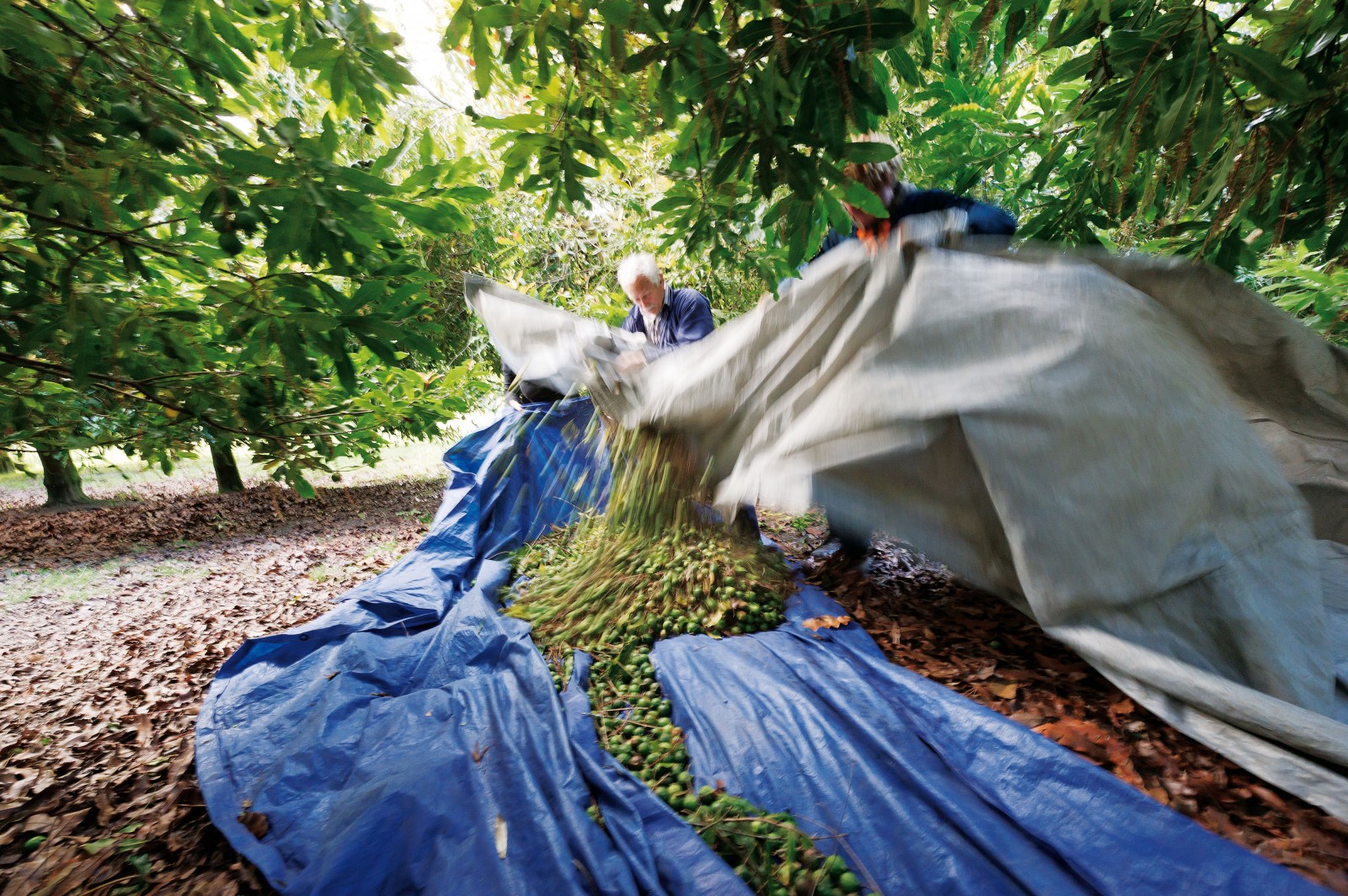
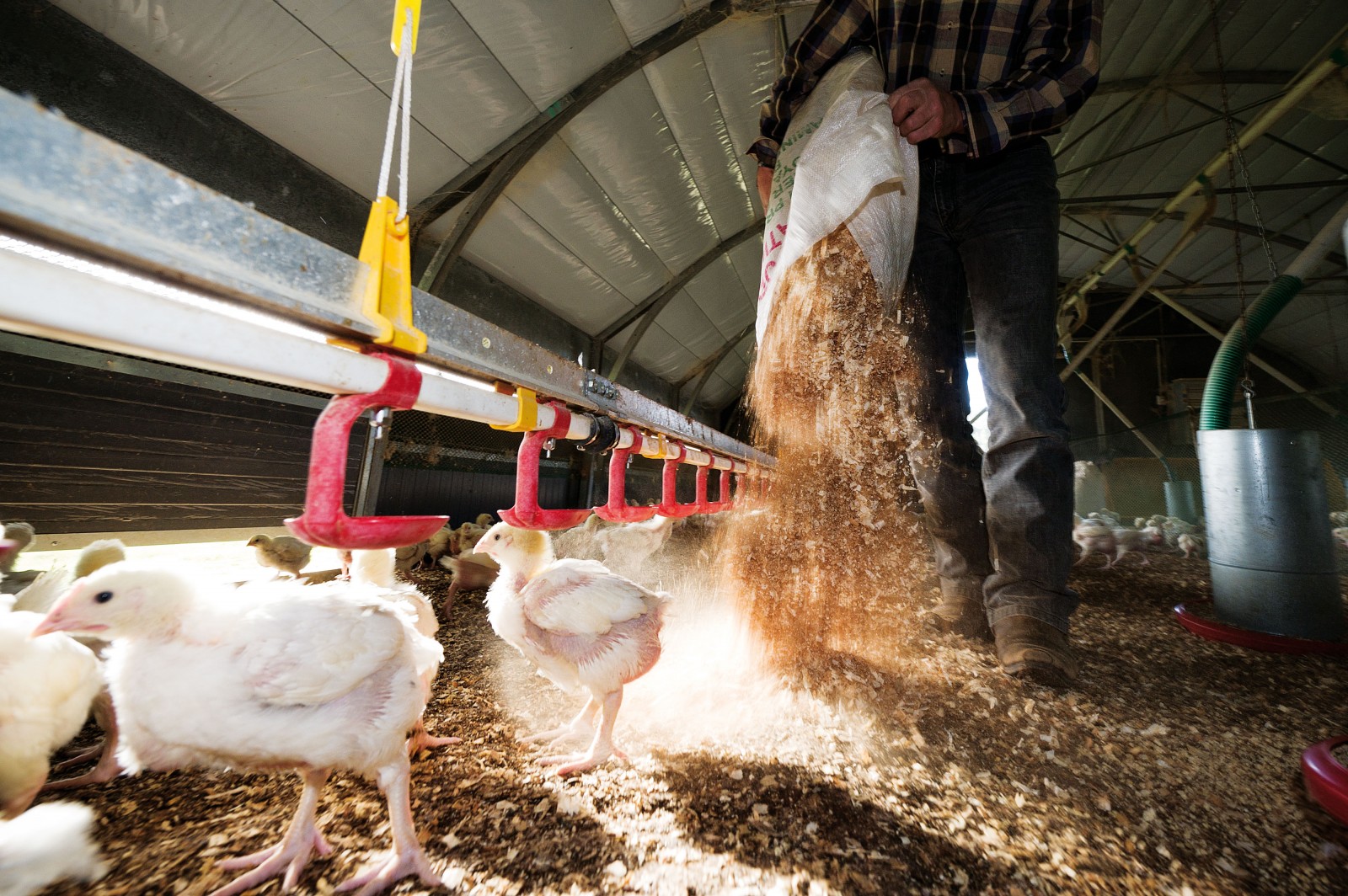
Cameron, who based his research around the impact of his local market in Feilding, found that the economy in the area was genuinely revitalised. Dollars spent at markets stay in the region because vendors live locally, and profit is not absorbed by the overheads of a large company.
To borrow phrases from Cameron’s research, while the markets act as a launching pad for many businesses, they are more like a life raft for others. For growers who have struggled with supermarket supply agreements for years—hanging on while the margins get tighter and tighter—selling in a local market environment reduces overheads and commissions, providing a welcome change of pace and a more sustainable way of growing.
Robert Findlay produces citrus fruit, grapes and vegetables with his wife, Ivy, and son, Andrew, on their property in Otahuhu, South Auckland.
“This is rich volcanic soil from the McLellan Hills, although not many people these days probably know that,” Findlay tells me. “This used to be a prime growing area. Of five or six growing properties in our street, we’re the last one left now. We’ve watched as owners and tenants have come and gone from these properties, trying to make a living from them.” Slowly, glasshouses have been dismantled and fruit trees removed to make way for flats. “The only reason we survived is that I always worked outside of the property,” says Findlay, who worked in parks and horticulture for 42 years.
“Going to auction, after you’d paid about three people and a lot of overheads, such as the packaging that the supermarkets required, it wasn’t worth it,” Ivy Findlay explains. “You can present the produce whichever way you like at the markets. The main thing people are wanting is freshness and to know where it comes from.”
She’s weighing and packing bundles of broad beans as she talks, and is visibly enthused by the freedom the markets bring them, as well as the reward of having more cash in hand.

Helen Dorresteyn, the driving force behind the Clevedon Farmers’ Market in South Auckland, is adamant that vendors have been able to make sustainable, if not decent, incomes through her market.
“It suits people who want to downsize to a more modest lifestyle in exchange for a better quality of life,” she says, “or retired couples who want to earn some extra spending money. Those types of people have been really happy with the turnover they get for the time and energy they put in.”
Clevedon has been transformed economically and socially by its farmers’ market, but also through land that had virtually been abandoned being restored to productivity.
Dorresteyn and her family moved to Clevedon in search of a more down-to-earth lifestyle and soon began to notice that despite the area’s farming background—there was little decent fruit and vegetables available. It was a landscape of abandoned glasshouses and orchards, with poor stock in supermarkets.
Later, inspired by a trip around the South Island, where farmers markets’ offered a chance to sample regional produce, she distributed flyers advertising her idea of establishing something similar locally and held a meeting in the church hall to outline the concept. She received more applications for stalls than she could accept. The market was sold out by mid-morning on its first day.
Its early days were full of locals pitching in with true pioneering spirit, ripping up front gardens to plant tomatoes because “we needed tomatoes”, and in the Dorresteyns’ case, going so far as to import a herd of buffalo because there wasn’t a cheese stall. The Clevedon Valley Buffalo Company became one of Clevedon’s entrepreneurial success stories, going on to supply Pak’nSave and New World stores as well as farmers’ markets.
In some ways, the resurgence of farmers’ markets is just one manifestation of the sort of counter-culture movement occurring throughout Western countries. Many concerned consumers are choosing to make it themselves, pay more or ‘up-cycle’ rather than buying new.
This movement represents a small swell against an apparently relentless tide of larger market forces.
But it is not insignificant. At least 1200 producers are currently supported by the farmers’ markets in New Zealand, a group who pursue their ideals with an almost religious fervour and are supported by consumers rediscovering great food.
But they’re also rediscovering their communities.
In Christchurch, a pop-up farmers’ market in the earthquake-ravaged suburb of Red cliffs has proven its worth to the community in a time of need. Having access to a market was like “the first of the green shoots” after the earthquake, according to local Greg Jansen. “We were navigating around rocks on the footpath and past broken sewage pipes, but being able to go to the pop-up market was a way of connecting with our community again. The kindergartens and schools where we used to see each other had closed, so the market gave us a place to congregate and share stories. It was a little oasis amid the destruction, to be able to get good fresh food, have a chat, let the kids play on the playground. Every week, there’d be new people as families arrived back into town.”
Because it is such an established part of our cultural landscape today, it’s hard to believe that the farmers’ market movement reached New Zealand only 10 years ago, following on the heels of similar movements in Britain and the United States.
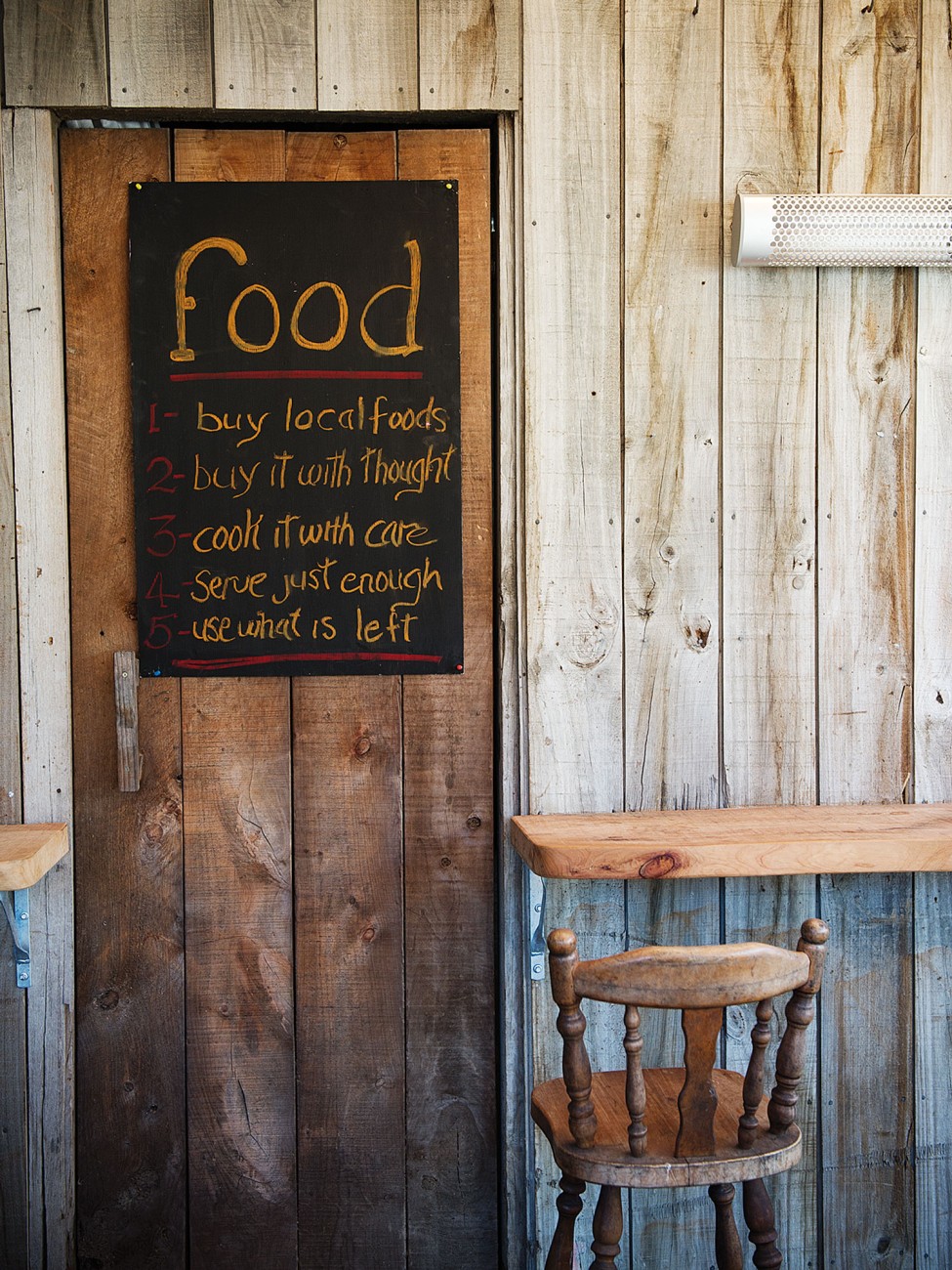
In 2001, Chris Fortune and his wife, Tina, returned home after a stint working in Australia and Europe. Settling in Marlborough, they were shocked to be confronted by a food industry with a gourmet reputation that worked from a baseline of price and convenience. As the new chef of an upmarket hotel, Chris Fortune was dumbfounded to place his first order for the kitchen and receive “frozen Aussie lamb”. “Everybody around here uses it,” he was told, and warned that fresh local product would be more expensive.
That short exchange was the beginning of what has evolved into a life work for Fortune, who began by sourcing fresh local food for his restaurant and moved on to connect local growers with their community in the form of the Marlborough Farmers’ Market. Now he seeks to replicate that model around the country.
To date, there are 32 authenticated farmers’ markets in New Zealand and several more that call themselves farmers’ markets, meeting some but not all of FMNZ’s criteria.
Debunking myths about “more expensive” food is one of the biggest challenges the movement faces. “People tell me that they can’t afford to shop at the markets,” Fortune says, “but they drive an SUV and have a flat-screen TV. It’s a matter of priorities. A big part of the markets is about education, and letting people see and taste that good food should cost more. It’s not that good food is too expensive, it’s that bad food is too cheap.”
















